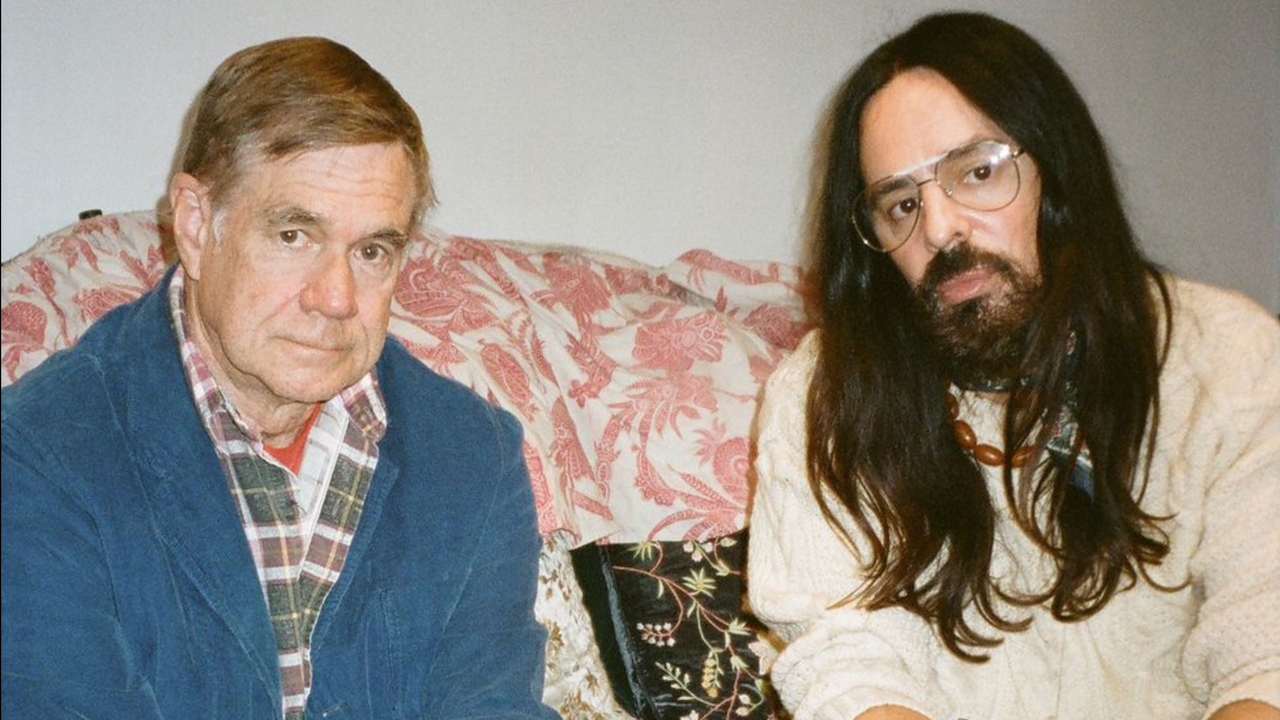Key Takeaways:#
- Consumers now demand to be entertained by branded content, with longer and more immersive formats holding stronger appeal.
- Taking a “media platform” approach to marketing content is a key to closing the loop between attracting consumer attention and making sales.
- It’s not a question of if, but rather when, major luxury brands take the initiative in producing content for platforms like Netflix or Amazon that can educate, entertain, and ultimately sell to a global consumer base.
Global luxury marketing has been upended over the past year, raising questions about the effectiveness of well-worn strategies such as gifting to influencers, working with global brand ambassadors, and blanketing social platforms with ads. Companies that shifted to a content commerce-based marketing approach have thrived, attracting online traffic and positioning themselves for long-term post-COVID success on a global scale.
A content commerce-driven philosophy involves many facets, encompassing a sophisticated approach to collaborations, support for branded film and video, and a willingness to experiment with shoppable content such as e-commerce livestreaming. But distilled to the fundamentals, it means that brands need to think more like platforms that incorporate media, manufacturing and sales, focusing less on fueling short-term consumer interest and more on weaving marketing efforts together in a way that maximizes long-tail influence.
Luxury brands have arguably been the most effective at taking this “media platform” approach in China. A prime example is the Italian label Max Mara, which adeptly nurtured a niche role in female-focused drama series that trended last year, including the hits Nothing But Thirty and The First Half of My Life.
Max Mara’s involvement ranged from outfitting high-powered characters in the brand’s apparel to inserting a plot point that saw a character applying for a job at a Max Mara store on The First Half of My Life. In doing so, Max Mara managed to slot itself in the broader sociocultural conversation around female empowerment and independence that also helped drive the popularity of programs like the competition reality show Sisters Who Make Waves.
By plugging into a deeply influential social trend, Max Mara thought like a media company creating content designed for ongoing discussion that applied to other initiatives like its Women In Film Max Mara Face of the Future Award, now in its fifteenth year.
Thinking like a media platform is not just a China-based trend. On a global level, it is manifested in companies taking more of their marketing capabilities in-house and literally becoming producers. Last month, Japanese beauty brand SK-II launched its own studio division and content hub dedicated to tackling social pressures impacting women, building on successful campaigns of previous years that focused on impactful brand films. While not a luxury brand, outdoors retailer REI also produces long-form audio and film content via its REI Co-Op Studios imprint.
Among luxury fashion brands, Gucci is one of the most evolved in thinking like a media company, experimenting with a vast array of initiatives, including its GucciFest film festival, magazines, audio, innovative collaborations, virtual goods, and even a brand-funded “talk show.” According to shopping platform Lyst, Gucci maintained its position as the hottest fashion brand for the first quarter of 2021, thanks in part to “its ability to create brand moments which resonate with digital audiences.”
But other brands and designers are notorious content polymaths as well. This month, Jonathan Anderson, creative director of both the eponymous J.W. Anderson and LVMH-owned Loewe, was named the first guest curator of the Financial Times’ luxury weekend magazine, “How to Spend It.” It’s a further indication of how brands (and designers) are now broader tastemakers and influencers of consumer behavior in their own right.
Now, the question is when luxury brands will upgrade their offerings through longer-form content for platforms such as Netflix or Amazon Prime, rather than relying on their own websites and social media accounts. Akin to the product placement strategies we’ve seen with Max Mara in China, luxury brands have shown up on streaming programs such as Netflix’s Bling Empire (which featured a host of big names including Dior and Chanel) and Next in Fashion, a competition reality show whose winner, Minju Kim, had her final collection stocked on Net-a-Porter.
Going forward, there is no good reason why a specific brand or a luxury group like LVMH or Richemont couldn’t produce its own programs, latching onto broader social trends and infusing its brand (or brands) into the narrative. The LVMH-owned Dior already took a major step in this direction last year, with its Nose documentary about perfumer François Demachy premiering at the 2020 Tribeca Film Festival, and made available for paid viewing only via Amazon Prime, Apple TV, and Google Play.
Even as we gradually enter the post-COVID era, with brands redoubling on their offline efforts while continuing with the new normal of digital marketing, consumers expect to be entertained by brands on the platforms they use most, whether its Netflix, Amazon, iQiyi, Bilibili, Instagram, YouTube, or TikTok/Douyin. And for brands, the opportunity to hold consumer attention over longer periods (an entire TV season or two-hour documentary) while subtly inserting messaging that encourages the consumer to continue along the path to purchase should not be missed.

